If you look at a modern printed circuit board (PCB), you will almost certainly see at least two or three rectangular black packages with silver terminals protruding from the edges. For example
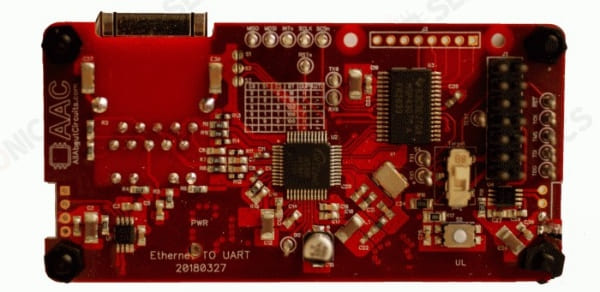
Electrical engineers often refer to these packages as components or devices, and for good reason - they look like components, are purchased as components, and often act as components. But if we interpret the term to mean things like resistors, capacitors, inductors, diodes and transistors, engineers will know that they are not actually components. Instead, these black packages are actually circuits.
What is an integrated circuit?
A very valuable property of transistors is that they can be very small, which in turn allows us to compress complex functions into a very small physical area. However, a microscopic transistor is not very useful in the macroscopic world: how do we plug it into a breadboard or measure its voltage? How does the assembler place it on the PCB?
The creation of integrated circuits (ICs) is the technology that bridges the gap between the microscopic world of transistors and the macroscopic reality in which humans must live. By integrating circuits made up of multiple transistors (and other components) into a single package that can be handled by people and machines, IC designers can enable other engineers to benefit from the ease with which semiconductor devices can be miniaturized. ICs also ensure that we don't have to continue solving the already solved problem: complex, high-performance designs can be quickly and easily integrated into a myriad of different systems because engineers can purchase the design as a proven, fully characterized IC to create custom circuits that perform more or less of the same function.
What is in an IC?
The diagram below shows the basic structure of an integrated circuit.
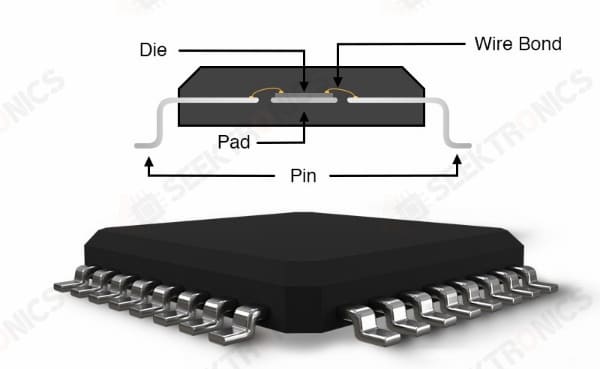
A chip is a semiconductor material (usually silicon) that has been transformed into a functional circuit through doping, chemical vapor deposition, metallization, and photolithography. (This manufacturing process actually produces a wafer consisting of multiple circuits, which are then separated by dicing.) The chip is encapsulated in a package, and bonding wires form an electrical connection between the package's terminals (also called pins) and the corresponding nodes on the chip.
Types of IC packages
ICs can be divided into two main categories based on their physical structure. Through-hole ICs have longer pins that run through the PCB and are soldered from the bottom; surface-mount ICs have shorter pins that do not extend to the other side of the board. The diagram below shows through-hole ICs (on the right side) and surface-mount ICs (on the left side).
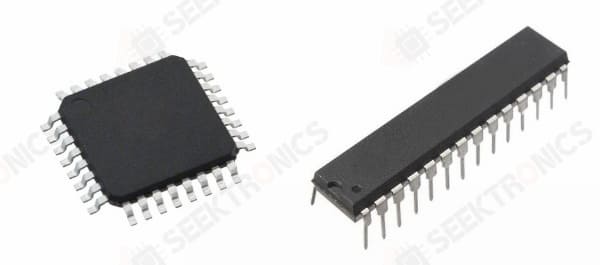
Today, it is common to see IC packages without protruding pins. These packages save PCB area, but they are also difficult or impossible to solder by hand. These are two examples.
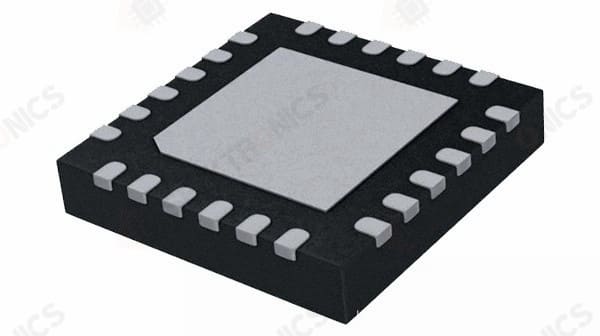
The package has flat, non-protruding terminals on the bottom side and a large heat sink.
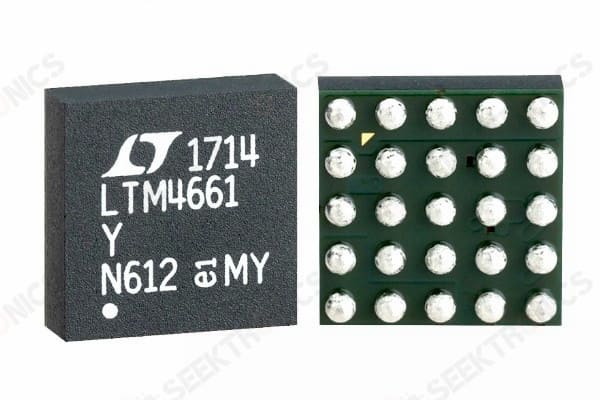
This is an example of a ball grid array (BGA) package.





-20x20-20x20.png)

